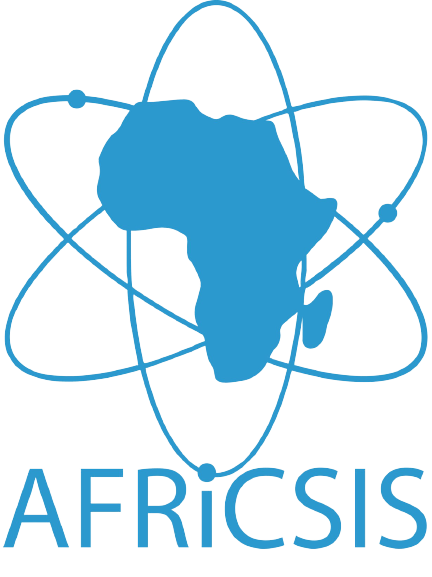The international community has long recognized cancer and terrorism as global challenges. In 2012, according to data compiled by World Health Organization (WHO), there were 14.1 million new cancer cases and 8.2 million cancer-related deaths worldwide. The WHO projects that, by 2035, the world could see 24 million new cancer cases and 14.5 million cancer-related deaths a year. Along the same lines, in the security front, world leaders at the 2016 Nuclear Security Summit in Washington, DC, affirmed, “the threat of nuclear and radiological terrorism remains one of the greatest challenges to international security, and the threat is constantly evolving.” Figure 1, updated in 2016, the Global Terrorism Database (GD) World Map: 45 Years of Terrorism displays the concentration and intensity (combining fatalities and injuries) of terrorist attacks that occurred worldwide across 45 years of data. The GTD 2016 of the National Consortium for the Study of Terrorism and Responses to Terrorism (START: A Center of Excellence of the U.S. Department of Homeland Security) has marked high concentration and intensity of fatalities and injuries in Africa, Middle East and Asia. Ultimately, when it came to the cancer-terrorism nexus in Low and-Middle-Income Countries (LMICs), the banal assumption was that they are two low priority and unconnected issues. But, as we now know, the real threat of dirty bombs (improvised explosive devices that include radioactive material) and other forms of nuclear and radiologic terrorism, and an enormous shortage of cancer care in LMICs are the driving forces that bring the public health and security communities together. Most African countries including Cameroon belong to the WHO LMICs category.
Cancer-Terrorism Nexus in Cameroon
Share this post:
Share on facebook
Facebook
Share on twitter
Twitter
Share on linkedin
LinkedIn
Share on facebook
Facebook
Share on facebook
Facebook
Share on facebook
Facebook
